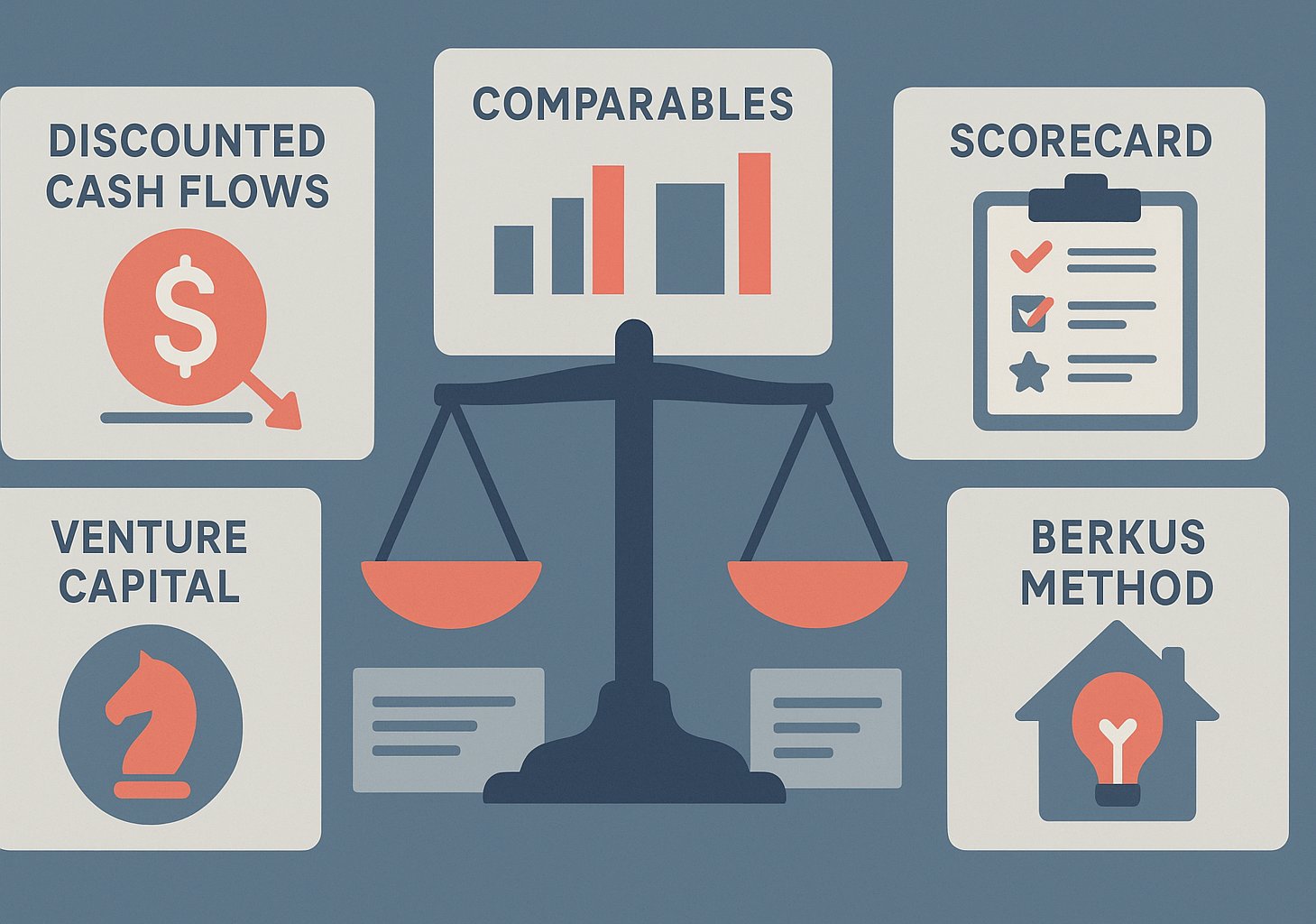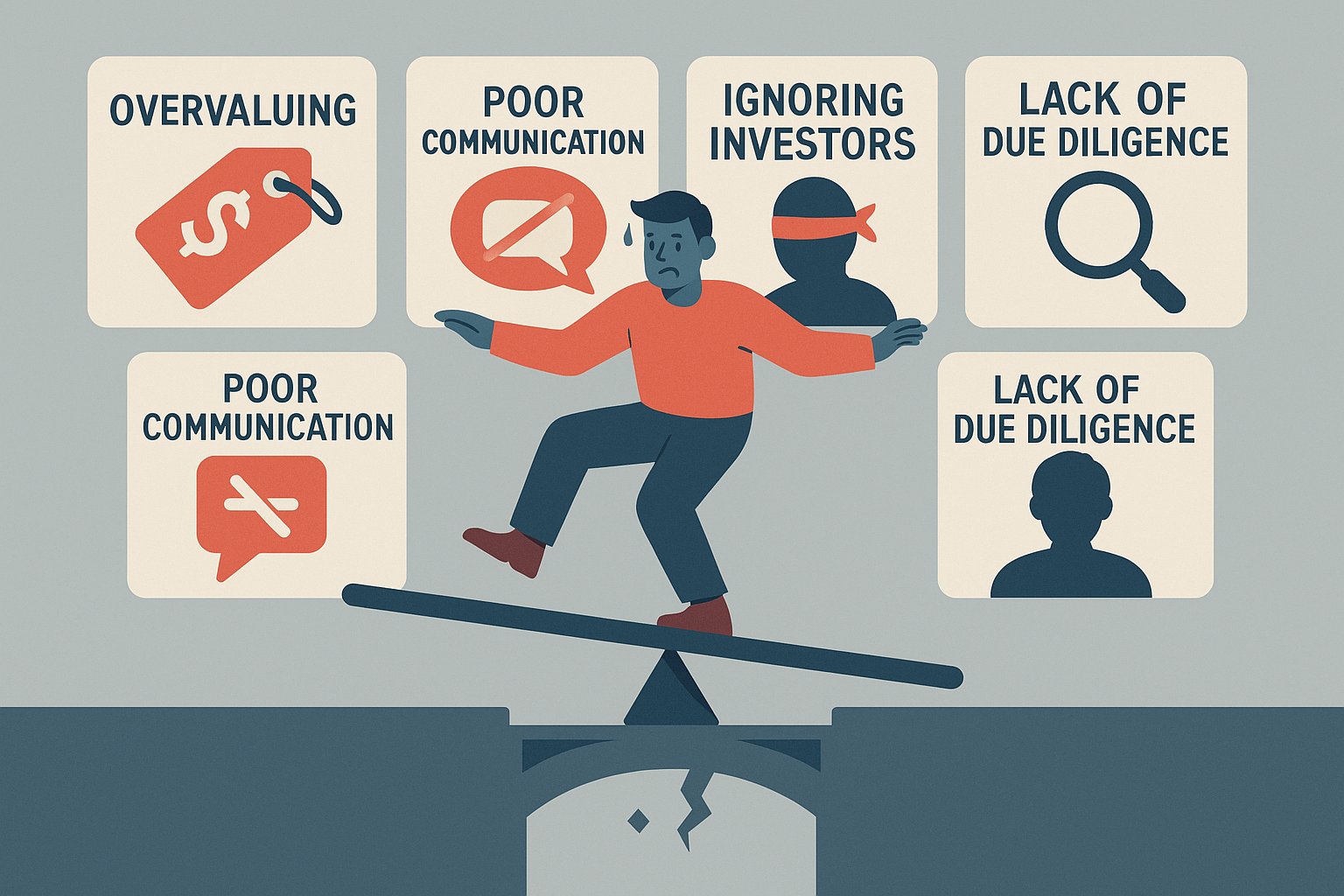Breaking the Funding Mold: Bootstrapping vs Crowdfunding
In the ever-evolving landscape of startup finance, two modern-day powerhouses stand out: bootstrapping and crowdfunding. Both routes offer founders a way to bring transformative ideas to life without immediately turning to traditional venture capital. Yet each path carries its own ethos, strategies, and potential pitfalls. Bootstrapping relies on personal resources, lean operations, and revenue reinvestment to grow organically. Crowdfunding, on the other hand, taps into the collective enthusiasm of a global audience, validating concepts and raising capital in one fell swoop. Understanding the nuances of each approach empowers founders to chart a course that aligns with their vision, risk tolerance, and long-term objectives.
By comparing these two paradigms head-to-head, founders gain clarity on how best to marshal limited resources, foster community engagement, and balance ownership with growth ambitions. In the sections that follow, we’ll dive deep into the mechanics, benefits, challenges, and decision frameworks surrounding bootstrapping and crowdfunding—equipping you with the insights needed to make an informed choice for your venture’s unique journey.
The Art of Bootstrapping Basics
Bootstrapping begins at the kitchen table, fueled by sheer determination and a willingness to do more with less. Founders immerse themselves in every aspect of the business—product development, sales outreach, customer service, and bookkeeping. By avoiding external funding, bootstrappers maintain full ownership and strategic control, ensuring that decisions reflect their long-term vision rather than investor mandates. This resourceful approach demands rigorous prioritization: every dollar spent must generate tangible value, and every team member often wears multiple hats.
The most successful bootstrapped ventures share common traits. They start with a minimum viable product that addresses a pressing customer pain point, iterating rapidly based on real-world feedback. Early revenue becomes the lifeblood of growth, reinvested to refine features, expand marketing, or bring on additional talent. While the road may be longer and steeper, the payoff includes a lean cost structure, deep customer loyalty born from hands-on relationships, and the satisfaction of proving that passion and perseverance can triumph over capital constraints.
The Appeal of Crowdfunding Communities
Crowdfunding transforms customers into co-creators, inviting them to invest not only their money but also their enthusiasm. Platforms like Kickstarter and Indiegogo enable founders to present polished pitches, compelling visuals, and tiered reward structures that incentivize backers to pledge early. Beyond the funds raised, campaigns generate invaluable market validation: a bustling campaign page signals genuine demand, attracting press coverage and social media buzz that can dwarf the reach of traditional advertising.
The communal spirit of crowdfunding fosters a sense of shared mission. Backers become vocal advocates, spreading the word within their networks and amplifying your brand’s message organically. The campaign itself becomes a marketing engine, converting pledges into pre-orders and building a waiting list of eager customers even before production begins. For founders who crave rapid validation and community engagement, crowdfunding offers a launchpad that bootstrapping alone cannot match.
Financial Control and Ownership Dynamics
One of the most profound differences between bootstrapping and crowdfunding lies in ownership. Bootstrapped founders retain 100 percent equity, preserving full claim to future profits and strategic direction. This autonomy translates into faster decision-making and the freedom to pivot without seeking approval. However, it also means reaping the rewards—and bearing the risks—entirely on one’s own shoulders.
Crowdfunding, by contrast, involves a form of crowd-sourced investment or presale model. While reward-based campaigns do not dilute equity, equity crowdfunding platforms enable genuine share issuance, offering partial ownership to backers. Even in non-equity campaigns, founders incur obligations to fulfill rewards—packaging, shipping, and customer support responsibilities that can strain nascent teams. Balancing the influx of capital against these delivery commitments requires foresight and operational muscle.
Validation and Market Testing in Crowdfunding
Before production costs are even incurred, a high-energy crowdfunding campaign can serve as a real-time litmus test for market interest. Founders receive immediate feedback on product features, reward tiers, and messaging effectiveness. Comments sections teem with suggestions and questions, revealing potential roadblocks that might have gone unnoticed in a closed-door development cycle.
Crucially, exceeding funding goals often unlocks stretch funding and press mentions, amplifying momentum exponentially. In contrast, bootstrapped ventures rely on slow-burn growth, gathering customer testimonials and steadily increasing sales through manual outreach. Both methods validate demand, but crowdfunding accelerates the timeline—turning weeks of market research into days of live customer engagement.
Resourcefulness and Discipline in Bootstrapping
Bootstrapping demands rigorous financial discipline. When every expense hits directly against the founder’s pocket, spending becomes a strategic choice rather than a routine line item. Founders learn to negotiate fiercely with vendors, leverage free marketing channels, and harness guerrilla tactics to outmaneuver well-funded competitors.
This frugality breeds creativity: a single viral blog post can substitute for paid campaigns, customer referrals can drive steady growth without ad spend, and open-source tools can power entire technology stacks. While the pace of expansion may be deliberate, the skills honed during bootstrapping—problem-solving agility, fiscal responsibility, and deep customer empathy—form the bedrock of resilient companies that adapt swiftly to changing markets.
Risk Profiles and Investor Expectations
Bootstrapping carries a distinct risk: personal capital at stake. Founders often pour savings, seek help from family and friends, or juggle part-time jobs to fund the venture’s early days. The reward, however, is sole ownership and unencumbered decision-making. There are no external investors to placate or valuation milestones to hit under pressure.
Crowdfunding introduces a different risk dimension. Failed campaigns can damage credibility and stall momentum. Stretch goals can strain fulfillment capacity if not planned meticulously. Equity crowdfunding raises the stakes further, bringing regulatory obligations, investor relations, and potential legal scrutiny. Founders must weigh the allure of rapid funding against the responsibilities that accompany collective investment.
Speed to Market and Scaling Trajectories
Time is a precious commodity for startups. Bootstrapped ventures often follow a boot-camp rhythm—launch a basic product, gather revenue, reinvest earnings, and repeat. This disciplined cycle can lead to steady, sustainable growth, but it sometimes lacks the punch needed to capture fleeting market windows.
In contrast, a successful crowdfunding campaign can catapult a product from concept to reality in a matter of weeks. The influx of pledges funds manufacturing orders, while the campaign itself builds a customer base primed for launch. However, rapid scaling introduces new challenges: fulfilling thousands of orders simultaneously, managing quality control, and maintaining consistent customer communication.
Branding, Community Building, and Marketing
Every startup depends on brand credibility. Bootstrapping allows founders to cultivate an intimate relationship with early adopters—those first 100 users who provide testimonials, case studies, and word-of-mouth promotion. This organic approach builds loyalty over time, as customers witness the company’s evolution and feel personally connected to its success.
Crowdfunding turbocharges community building. Backers proudly display their support on social media, creating user-generated content that multiplies your reach. Campaign pages become dynamic hubs where updates, behind-the-scenes videos, and stretch goal announcements serve both funding and marketing functions. Effective campaigns blend storytelling with strategic partnerships—teaming up with influencers, niche blogs, and relevant press outlets to magnify their narrative.
Operational Challenges and Logistical Hurdles
Bootstrapped founders must master every operational facet—from managing inventory and negotiating shipping rates to setting up customer-service channels and handling returns. Without dedicated departments, these tasks fall squarely on the founders or a small team. Yet this hands-on immersion delivers invaluable operational insights and fosters a culture of cost consciousness.
Crowdfunded ventures must contend with order surges that can overwhelm unprepared fulfillment processes. Packaging thousands of reward tiers—each with unique variants—requires robust systems and often external partners. Delays or mistakes risk sparking negative reviews and refund requests. Anticipating these challenges through pilot runs, fulfillment partners, and contingency planning ensures that the excitement of a successful campaign translates into delighted customers rather than logistical nightmares.
Legal and Regulatory Considerations
Bootstrapping largely sidesteps complex securities regulations, as founders rely on personal funds, revenue, or bank loans. However, any formal investment—even from friends and family—can trigger legal obligations, equity agreements, and tax implications. Founders should maintain clear records of capital contributions and consult legal advisors when issuing shares.
Crowdfunding introduces platform-specific rules and, in equity campaigns, securities laws governing investor accreditation, disclosure requirements, and ongoing reporting. Platforms may require legal reviews, audited financial statements, and well-crafted terms of service. Familiarity with these regulations—and partnering with experienced legal counsel—prevents costly missteps that can derail campaigns or invite regulatory scrutiny.
Decision Framework: Choosing the Right Path
When deciding between bootstrapping and crowdfunding, founders must assess their venture’s capital intensity, market window, and personal risk tolerance. Bootstrapping excels for startups that can generate early revenue from services, digital products, or niche B2B models, allowing gradual expansion without external pressure.
Crowdfunding shines for consumer-facing products with clear tangible benefits, compelling visuals, and mass-appeal storytelling. If your product lends itself to reward tiers—collectibles, gadgets, or lifestyle items—a crowdfunding campaign can rapidly validate demand and raise the capital necessary for initial production runs. Weigh the trade-offs: full ownership and slower growth versus collective enthusiasm and fulfillment responsibilities.
Hybrid Approaches and Creative Funding Mixes
Many successful founders blend bootstrapping and crowdfunding into a hybrid strategy. Early development may rely on personal savings and revenue reinvestment, while a later crowdfunding campaign serves as a launchpad for manufacturing and marketing. This phased approach preserves equity, builds a ready customer base, and mitigates the all-or-nothing risk of a single campaign.
Alternative mixes include revenue-based financing—where repayments are a percentage of ongoing sales—and strategic collaborations or pre-order models hosted on your own website. By diversifying funding channels, founders reduce dependency on any one method and create financial resilience that smooths growth trajectories.
Real-World Success Stories
Countless startups illustrate the power of both approaches. A software consultancy spun off a bootstrapped SaaS product, reinvesting early client fees to refine features and self-fund initial marketing. Over three years, steady ARR growth attracted acquisition interest at a valuation ten times the founders’ original investment.
In contrast, an independent designer launched a crowdfunding campaign for a modular travel bag, exceeding a $100,000 goal within 48 hours. The campaign generated press coverage, pre-orders from 15 countries, and valuable user feedback that informed product tweaks. Though fulfillment required careful planning, the founder converted the campaign’s momentum into a thriving direct-to-consumer brand.
Crafting Your Funding Strategy for the Long Term
Bootstrapping and crowdfunding represent more than funding mechanisms; they embody distinct mindsets. Bootstrappers prize self-reliance, discipline, and gradual growth, while crowdfunders embrace community engagement, rapid validation, and high-stakes execution. Neither path is universally superior—instead, the optimal strategy aligns with your product’s nature, market dynamics, and the team’s capabilities.
By carefully evaluating the costs, benefits, risks, and operational demands of each approach, founders can design a funding roadmap that adapts at each stage of growth. Whether you choose to nurture your venture quietly with lean investments or invite the world to back your vision through a dynamic campaign, understanding these paradigms ensures that your startup’s financial foundation supports sustainable success well into the future.




